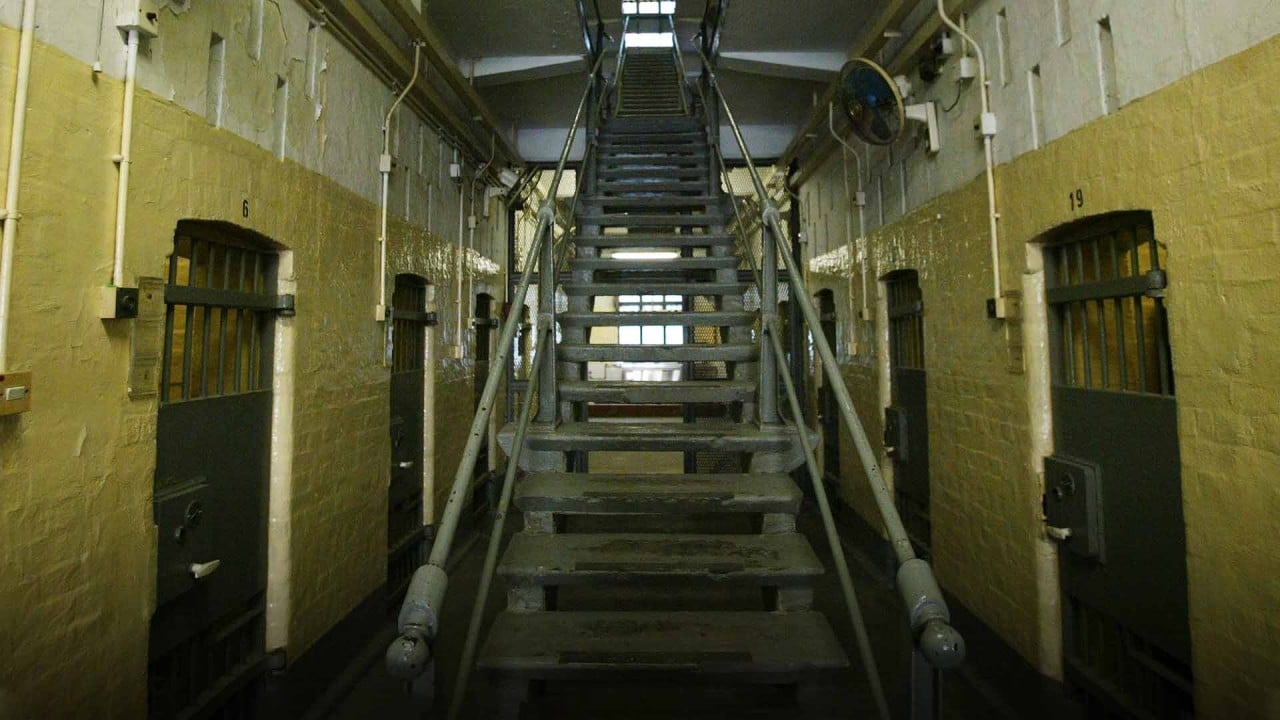
How a smart ‘super prison’ can help Hong Kong’s wayward youth and add value to society
- Consolidating correctional facilities into one central ‘smart prison’ would help improve efficiency and ease persistent staff shortages
- Wider society would also benefit from having more land freed up for housing while enhanced rehabilitation can cut costs associated with criminal cases
While it can only hold 160 inmates – just 2 per cent of the more than 7,000 people incarcerated in Hong Kong – it can be a small test for the CSD. Instead of improving facilities one by one, I suggest the department consolidate all its correctional institutions, rehabilitation centres and prisons into one new, hi-tech “super prison”.
With a superjail, the CSD could centralise manpower resources to improve flexibility. At the same time, the project would allow the sites of existing facilities to be released. The resulting available land could be used to help alleviate the housing shortage.
Second, we should adhere to the “Nelson Mandela Rules” to respect inmates’ privacy.
However, this inevitably raises concerns about an invasion of privacy. According to the CSD website, the department ensures personal data collection methods are lawful and used only for purposes directly related to the department functions or activities.
Hong Kong’s prison system explained
Finally, more needs to be done to help incarcerated youth reintegrate into society. A 2017 study by City University estimated that each criminal case costs about HK$240,000 (US$31,000), including damage to the victim and expenses incurred with arrest, prosecution, imprisonment and rehabilitation. The chance of offenders committing more crimes can be reduced through rehabilitation and community education, reducing future costs to society.
Yun Wing Sung is associate director of Project Change, a multidisciplinary team that provides psychological counselling and legal support to arrested youths in Hong Kong.
He recently co-authored an article with members of Project Change, pointing out that many young people arrested in the anti-extradition movement are highly educated – many are university or graduate students.
Research suggests that the prime age to learn abstract ideas essential for high-level professional skills is from mid-teens to early 20s. To help these educated young people reintegrate into society, the CSD should adopt innovative thinking by giving them corresponding training and learning resources.
As the article states, “Young people are a very precious social asset”. Helping incarcerated youths regain hope once they have served their sentence and rebuilding mutual trust in society will not only reduce social crime costs but also create greater value for Hong Kong. By doing so, the new facility could truly be called a smart prison.
Dr Winnie Tang is an adjunct professor in the Department of Computer Science, Faculty of Engineering at the University of Hong Kong and a justice of the peace



